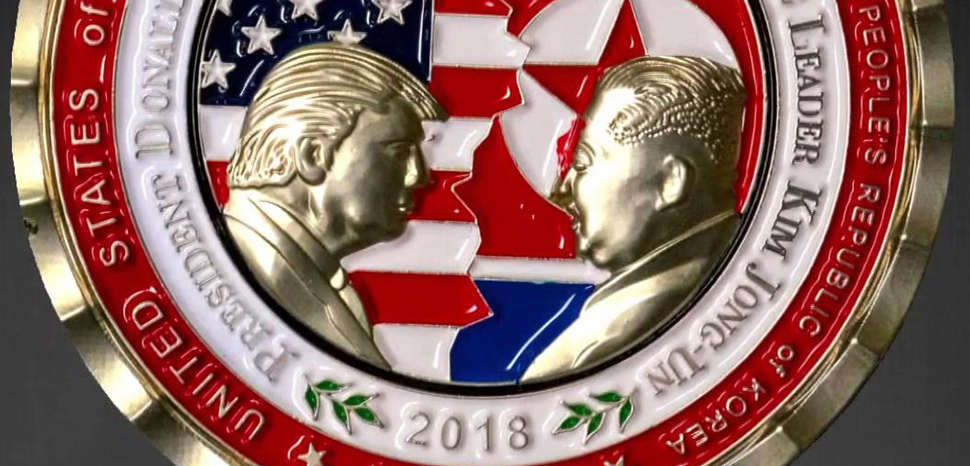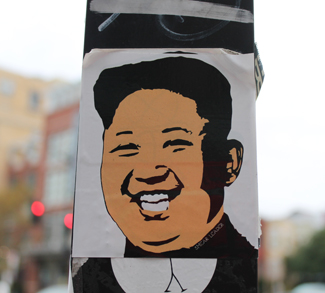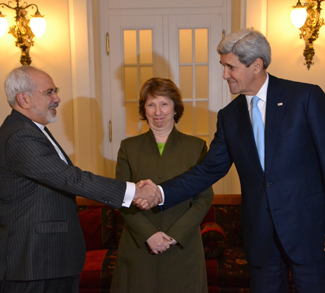In the months preceding North Korean leader Kim Jong-un’s historic meetings with South Korean President Moon Jae-in and US President Donald Trump, there has been much talk of the need to present a united front against the dictator from the North. The first of the planned meetings took place on April 27 between the two Koreas, where the leaders sat down just south of the Demilitarized Zone for talks, document signings, and dinner. As Canadian chef Gail Simmons once said: “There is no better way to bring people together than with desserts.” Ironically, the final culinary dish scheduled to be served at the historic North-South summit actually resulted in a downturn in neighborly relations. The menu choice served to inflame tensions between South Korea and its close neighbor Japan, and in the process highlighted the stark reality of the US alliance network in the Asia-Pacific: it is far from united.
The concept of using food to facilitate international negotiations is hardly new. The practice dates back to ancient Greece and beyond, and continues to be a topic of discussion today. American University even hosted a 2015 conference as part of the Conflict Cuisine Project, an exploration of the role of food in war and conflict.
With regard to the inter-Korean summit, the dessert in question was a mango mousse creation which bears an image of the Korean peninsula. Included in the image are the Liancourt Rocks, known in Japan as Takeshima and Dokdo in Korea. The Liancourt Rocks are a small set of islets which have been the subject of an ongoing territorial dispute between the two states. Japan officially requested that the dessert not be served, but it remained on the menu at the summit nonetheless. The diplomatic spat, while small, serves as a microcosm of contemporary Japan-South Korea relations, where lingering resentment over Japan’s actions in World War II underlie a continual mistrust. The often-frosty relations between two of the United States’ closest allies in the Asia-Pacific has often complicated US efforts to develop an effective regional strategy and contend against competing interests, particularly those of China and North Korea. South Korea recently reiterated that it will not consider joining a trilateral military alliance with the United States and Japan. However, the United States must be able to effectively work with its regional allies if the Kim-Trump meeting is to produce any meaningful, positive outcome.
The conclusion of the April 27 North-South summit – a signed agreement to work towards a peaceful, nuclear-free Korean peninsula – while highly lauded was nonetheless very light on specific steps or timetables for moving forward towards real denuclearization. In fact, it was strikingly similar to a non-aggression pact the two nations signed in 1991, which ultimately failed to bear fruit. This brings us to the planned meeting between King Jong-Un and Donald Trump. There has been much hemming and hawing as to whether the meeting is actually going to take place; North Korea threatened to pull out, and President Trump subsequently declared the meeting cancelled. However, he reversed his position immediately thereafter, and the meeting is currently back on track for June 12. If the meeting does take place, it will play a crucial role in determining the success or failure of this latest attempt at reconciliation. Yet despite months of reports about presenting a “united front” against North Korea in these crucial times, the United States and its allies are doing anything but that.
This issue strikes at the heart of US alliance-building in the Asia-Pacific. The structure of US political and security alliances in the region is often referred to as a “hub and spokes” system, wherein each allied state – or spoke – enjoys a strong security relationship with the United States – the hub – but among themselves the spokes do not necessarily have deep security ties, or even much amicability. It is a series of bilateral relationships with the United States rather than a multilateral network of cooperating allies.
The lack of a unified alliance has allowed strategic competitors such as China to increase regional influence through the development of multilateral initiatives and institutions. China has called for a new security concept to replace the Cold War-era hub and spokes system in the Asia-Pacific, and projects like the Belt and Road Initiative have bolstered Beijing’s carefully constructed image as a champion of multilateral cooperation in the international arena. Of course, the Chinese model is far from perfect, and may result in nothing more than a Sino-centric hub and spokes system. However, the United States should nonetheless take heed of these new developments and incorporate greater multilateralism into its alliance-building efforts. The United States and its allies will require a truly united front in order to successfully press for genuine progress that matches the lofty goals set forth in the inter-Korean agreement. Hopefully that unity is coming, but right now they can’t even agree on dessert.
The opinions, beliefs, and viewpoints expressed by the authors are theirs alone and don’t reflect any official position of Geopoliticalmonitor.com.




